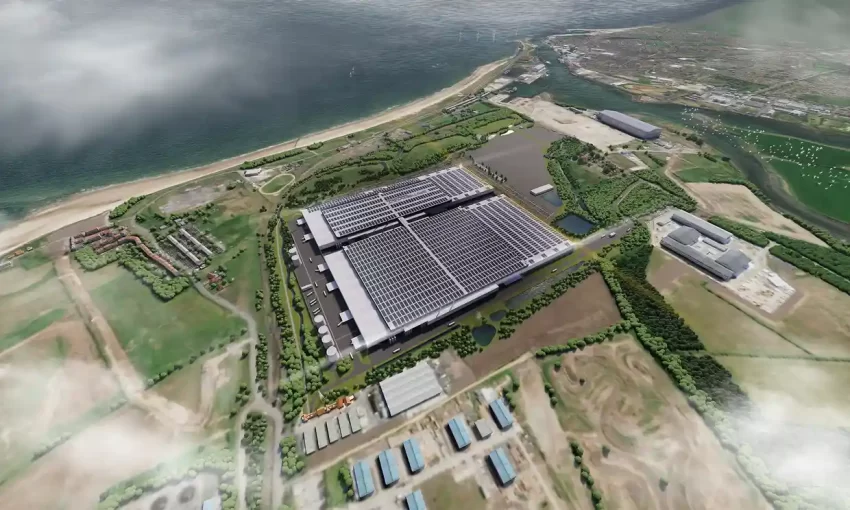India’s States are grappling with several challenges in sustaining capital expenditure momentum, both in terms of expenditure and revenue. This is expected to only exacerbate by the reversion to the old pension scheme (OPS) by a few States and expectations of other States following suit, according to a report by RBI officials.
“(This) would exert a huge burden on State finances and restrict their capacity to undertake growth enhancing capital expenditures,” the report said, adding that given the discontinuation of GST compensation, continued buoyancy of tax revenues and fiscal prudence is critical while maintaining the quality of expenditure and expanding the fiscal capacity to bolster medium-term growth prospects.
The paper titled ‘Government Finances 2023-24: A Half-Yearly Review’ has been authored by seven officials from the Department of Economic and Policy Research (DEPR) and do not represent the views of RBI.
States’ GFD (Gross Fiscal Deficit) stood at 39.8 per cent of the budgeted estimate in H1FY24, higher than in the previous year, attributable to growth in total expenditure outpacing growth in total receipts. Total receipts, as a proportion of budgeted receipts, too declined marginally to 39.7 per cent from 41.2 per cent a year ago.
Robust finances
As such, the combined finances of the Centre and States remained robust in H1 FY24 on the back of robust tax collections, both direct and indirect taxes reflecting sustained recovery of the economy, enhanced tax governance and administration as well as improved profitability of the corporate sector.
States too witnessed strengthening of fiscal parameters and increased capital spending in line with the Centre’s stance to front-load capex, by using both central funds linked to reforms and their own resources, the paper said.
Going forward, lower disinvestment receipts for the Centre are likely to be offset by sharp gains in non-tax revenues, mainly attributable to higher dividends from RBI and other financial institutions.
“On the expenditure front, the capex thrust has ensured significant improvement in the quality of expenditure of the Central government,” it said adding that reiteration of the GFD (gross fiscal deficit) target of 4.5 per cent of GDP by FY26 reflects fiscal consolidation while at the same time prioritising capital expenditure to drive economic recovery and boost private investment.
The Centre achieved more than half of its budgeted revenue in H1 FY24 while containing its expenditure to less than half of what it had projected for the entire financial year. This would augur well for the Centre to meet its GFD target of 5.9 per cent of GDP for FY24 aided by robust tax revenue and higher-than-anticipated non-tax collections.
“While tax collections are expected to remain buoyant in H2, a pick-up in expenditure by the Centre and States could result in a general government deficit of 8.2 per cent and 11.9 per cent of GDP in Q3 and Q4 (projected), respectively,” the paper said.




